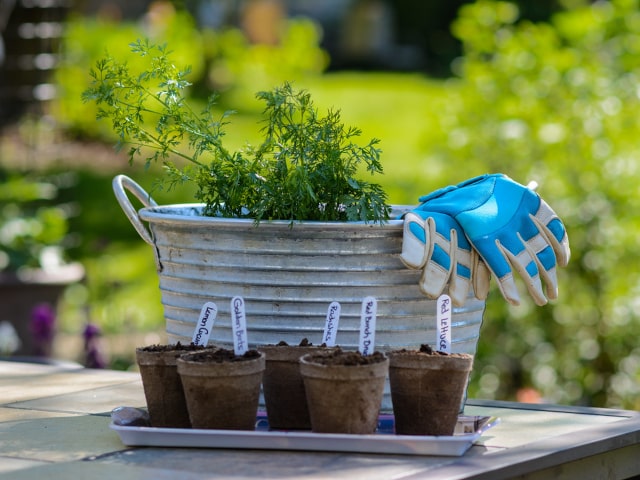
There are some common gardening tips and tricks people want to know about. They are ideal for new gardeners who are only learning the skills and what it takes to grow magnificent garden. Also, they might be a useful resource for those who wish to try something new in the garden or are confused about certain things, such as pesticides, soil treatment and adequate light for the plants.
Here is a list of common questions and tips all new gardeners need to know:
Why do pots need holes?
Holes in the pots are drainage holes and they are needed if you wish to grow plants in the pots. Without holes, the water will saturate the soil, which will make the plants to rot. In case your chosen pot or a contained doesn't have holes, you need to drill them yourself. Alternatively, you can use these pots without holes for decorative purposes, typically to place a smaller pot with holes inside.
What are the easiest vegetables to grow?
There are some vegetables that are very easy to grow. They are ideal for beginner gardeners or kids who wish to try gardening. Some of these vegetables include carrots, cherry tomatoes, eggplant and leaf lettuce. These vegetables are not only easy to grow but also packed with nutrients and very tasty.
When is the best time to plant?
Many people assume that the best time to plant is as soon as the weather warms up. The truth is, you can plant some cool-season plants (annuals and vegetables) such as lettuce and peas while it's still cold, even with a threat of frost.
However, you need to wait before you plant warm-season annuals and vegetables, such as tomatoes until the weather improves. To know when to plant, ask the local weather service for the date of the last frost. Do not attempt to plant these plants before the threat of frost is over.
Most of the trees, shrubs and potted perennials can be planted as soon as the soil is workable. You can even plant it late in the fall. As long as the ground is not frozen and the area is not suffering from drought you can plant container plants.
What is full shade, partial shade and full sunlight?
Growing instructions often mention "partial shade", but what does this mean, exactly? Partial shade and partial sun refer to the same thing: it means that the chosen spot should receive between 4 and 6 hours of direct sunlight per day.
If the spot receives more than 6 hours of direct sunlight per day, it's considered a full sunlight location. Similarly, if it receives less than 4 hours of direct sunlight per day it's considered full shade.
What is soil amendment and how to do it?
Amending the soil means to add organic matter to soil. Organic matter is typically added in the form of compost or leaves, though some people choose to use well-decomposed manure. These organic materials will improve the soil texture and let the air and water penetrate to the soil. In turn, this will nourish the plants. Another advantage of soil amendment is that it adds valuable nutrients for your soils.
To amend your soil, simply add organic materials to it. It's best to use homemade compost, but you can also use commercial compost you can buy at garden stores.
What do numbers on fertilized bag mean?
You've probably seen three numbers on the fertilizer bags (such as 5-10-10 or 10-10-10), but you may be unsure what they mean. These numbers simply represent the amount of nitrogen (the first number), phosphorus (second number), and potassium (third number) in the fertilizer.
Each plant needs a specific type of fertilizer, as indicated on the bag. For example, vegetables and vigorously growing annuals benefit from nitrogen-heavy fertilizers, labeled as 10-10-10. Most landscape plants will thrive in fertilizer with less nitrogen, so go for 5-10-10 nitrogen.
Can I use leftover seeds in the next year?
Most seeds can be used next year, if you store them properly. To store any leftover seeds, place them in dark, cool place until the next season. Next year, in the early spring, check their viability. To check viability, place about 20 seeds between two sheets of moist paper towels and put them in a plastic bag. Tie the bag loosely and place it in a warm area. Check for growth (germination) after about 10 days.
If fewer than 70 percent of the seeds (14 seeds) germinated, it's a sign that the seed is not viable and you should toss them away. Purchase new seed instead. If more than 70 percent (14 seeds) germinated it's a sign that the seed is viable and can be used again.
Do shrubs have to be pruned?
You don't have to prune your shrubs; it is mainly done for aesthetic purposes. Keep in mind that shurbs growing wild thrive with little or no pruning. Natural pruning is performed by browsing animals or weather conditions such as ice and snowstorms.
You can prune your shrubs if you wish to achieve the neat look of a clipped shrub. The best time to trim spring-flowering shrubs is right after the plant blossoms early in the spring. Summer-flowering shrubs should be trimmed late in winter or very early in spring, while the plant is still dormant.
Will plants poison kids and pets?
Most likely, no. Only a few common plants are poisonous, while some others can cause allergic reactions if toched. Most of the plants commonly grown in gardens are harmless, but if in doubt, check before you plant them.
One common threat is yews. These shrubs are often used by foundations to produce poisonous red berries. You should stay away from this plant. Also, parts of some common plants can be harmful, especially in eaten in large quantities, such as rhubarb leaves.
What shovel do I need?
You might be surprised to learn there are many different types of shovels. The one you'll need depends on the type of work you wish to perform. A long-handled, round-point shovel is multi-functional and it can be used for many different things, from digging holes to moving gravel piles.
The best shovel for multitasking has to have a blade attached solidly to the handle with a metal shank. The shank should wrap around the entire handle. This is called a closed back shovel.
Keep in mind that wooden handles are good only for light work, such as shoveling mulch. You should choose fiberglass if you wish to perform heavy tasks, such as digging and moving soil.
Photo credit: Peter Miller
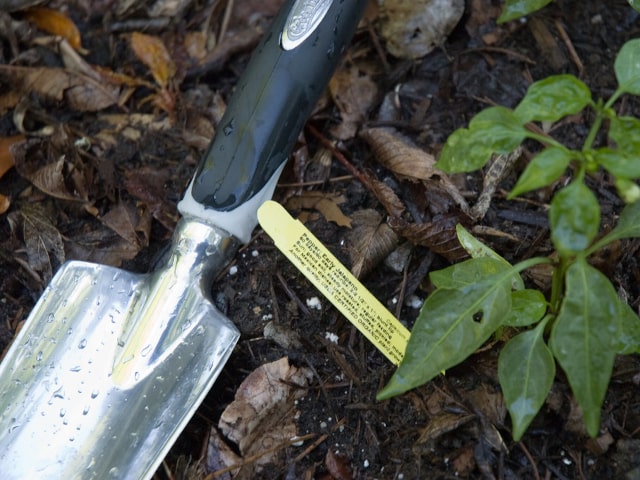
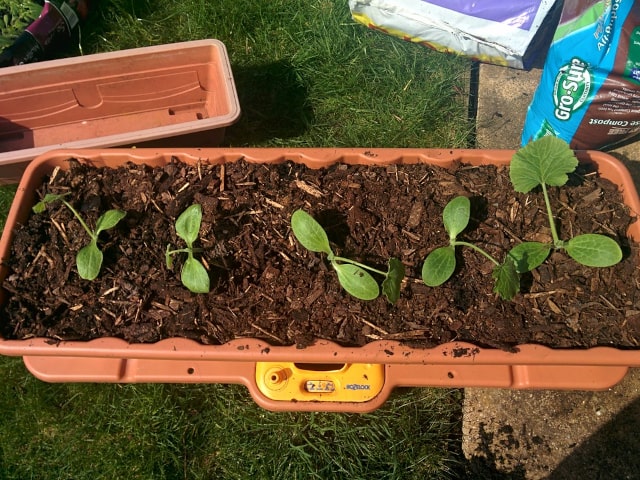
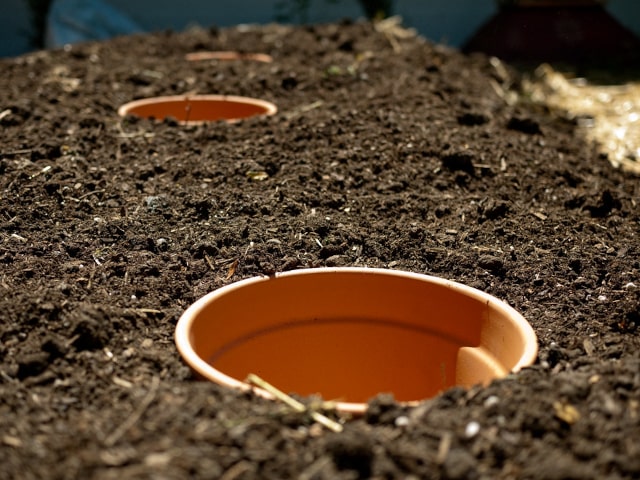
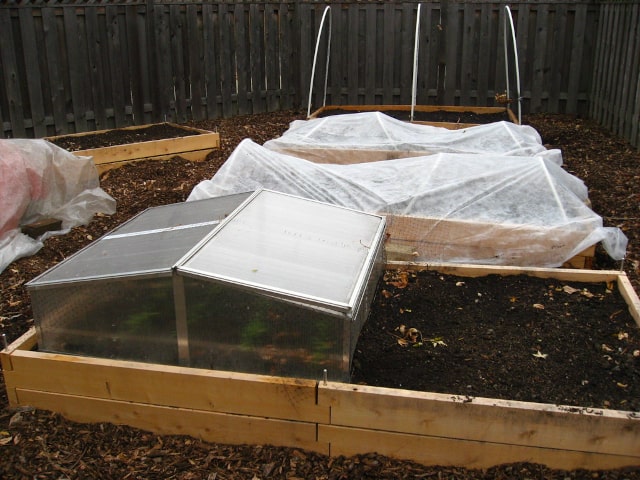
0 Comments